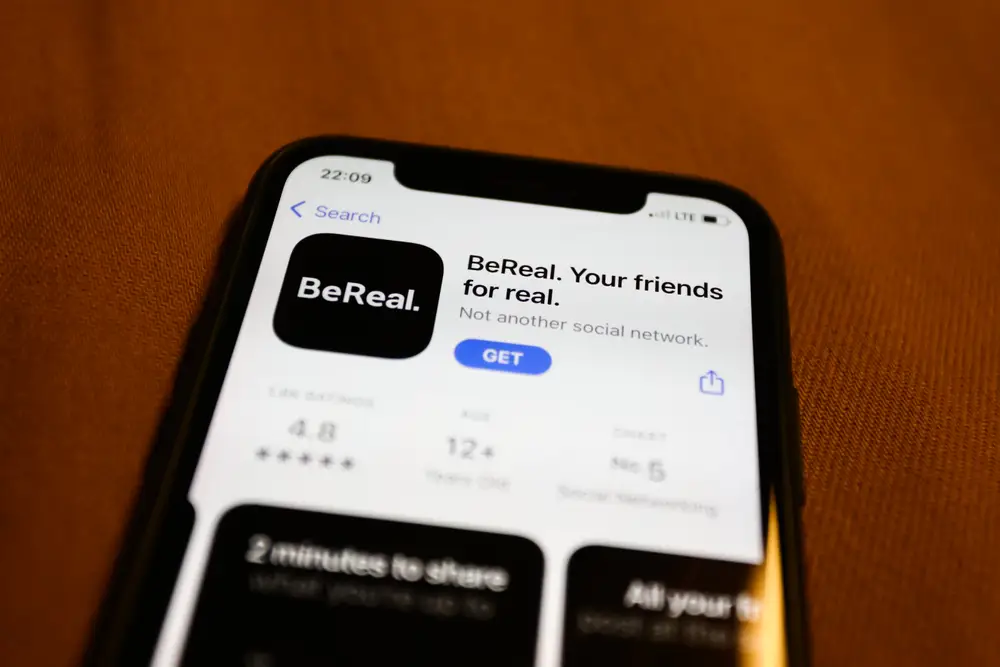SOCIAL MEDIA
Doomscrolling: The Subtle Stressor in Your Social Feed
Have you ever found yourself endlessly scrolling through Instagram or Facebook, even when the content isn't particularly uplifting? You're not alone. This phenomenon, often called "doomscrolling," has become a common part of our digital lives. But have you ever wondered why these platforms seem to encourage this behavior? Let's take a closer look at the relationship between social media giants like Instagram and Facebook and our scrolling habits.
At the heart of this discussion is a simple fact: Instagram and Facebook, like many social media platforms, make money through advertising. The more time users spend on these apps, the more ads they can show, and consequently, the more revenue they generate. It's a straightforward business model, but its implications for user experience are complex and worth exploring.
Now, it's important to note that these companies aren't sitting in boardrooms twirling villainous mustaches and plotting how to keep us miserable and scrolling. The reality is far more nuanced. These platforms are designed to be engaging, to keep us coming back for more. They employ teams of talented designers and engineers who work tirelessly to create features that capture and hold our attention.
But here's where things get interesting: the most engaging content isn't always the most positive. Studies have shown that emotionally charged content, whether positive or negative, tends to drive more engagement. And unfortunately, negative news often provokes stronger emotional responses. This creates a situation where "doomscrolling" through troubling news or heated debates can actually be more engaging from the platform's perspective.
So how does this impact user experience? On one hand, these platforms provide us with unprecedented access to information and connection. They allow us to stay in touch with friends, follow our interests, and engage with the world around us. That's genuinely valuable.
On the other hand, the pressure to maximize screentime can lead to design choices that might not always align with users' best interests. Infinite scrolling, push notifications, and algorithmically curated feeds that prioritize engagement over positivity can all contribute to a sense of being overwhelmed or stuck in a cycle of negative content consumption.
It's a bit like a digital all-you-can-eat buffet. The variety and abundance are amazing, but it's easy to overindulge and end up feeling not so great afterward. Just as a restaurant benefits when we eat more, these platforms benefit when we scroll more. The challenge lies in finding a balance that serves both the business model and the user's wellbeing.
So, what can we do about this? As users, being aware of these dynamics is a crucial first step. We can make conscious choices about how we use these platforms, setting limits for ourselves and being mindful of how certain content makes us feel.
As for the platforms themselves, many are starting to recognize the importance of user wellbeing. We're seeing features like time limit reminders and options to hide like counts. These are steps in the right direction, but there's still a long way to go in balancing engagement with user health.
In the end, it's about finding a middle ground. Social media platforms need to be financially viable to continue providing their services, but they also have a responsibility to their users. As consumers, we can advocate for more ethical design practices and vote with our attention, choosing to engage with platforms that prioritize our wellbeing alongside their bottom line.
What do you think? How has your experience with social media been shaped by these dynamics? It's a complex issue without easy answers, but it's one that's increasingly important as digital platforms play a larger role in our lives. Perhaps by understanding these mechanisms, we can all work towards a healthier, more balanced digital ecosystem.




